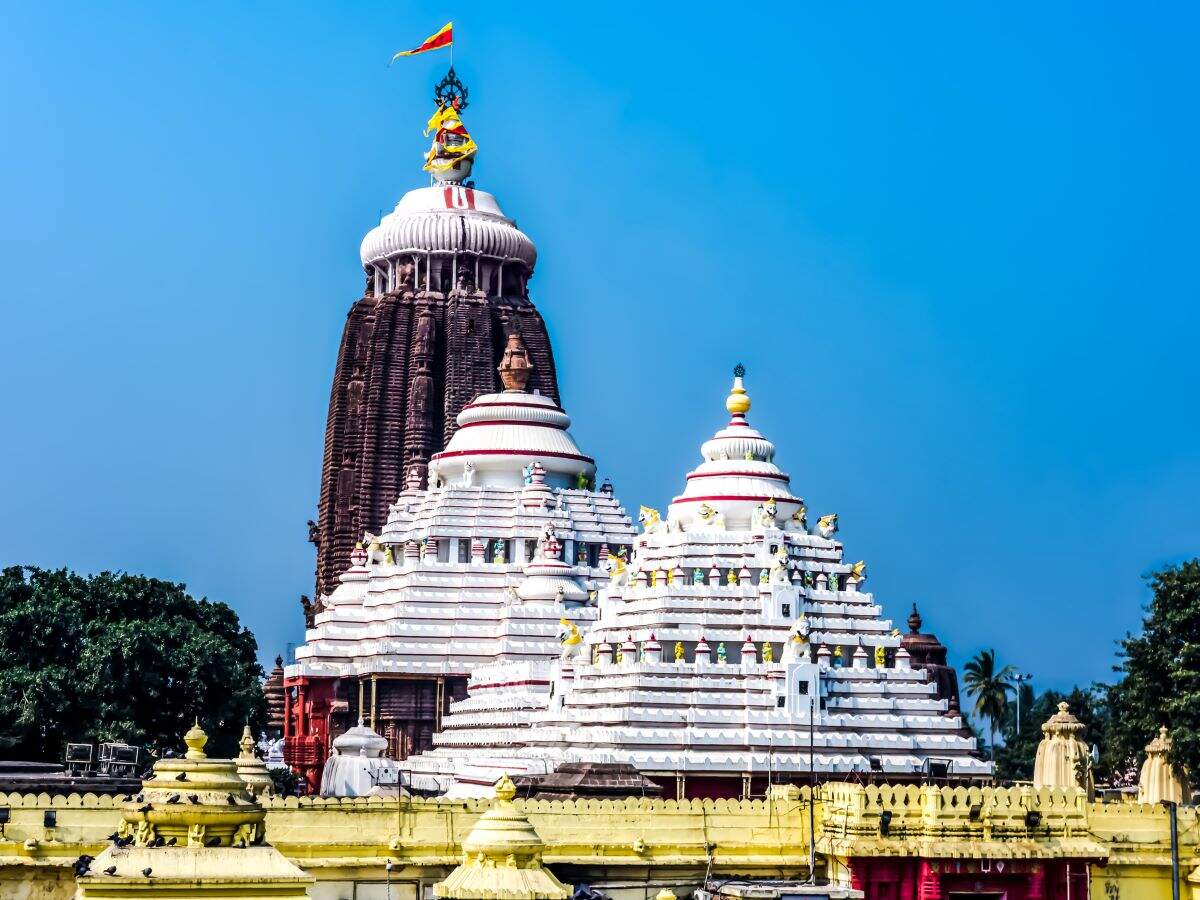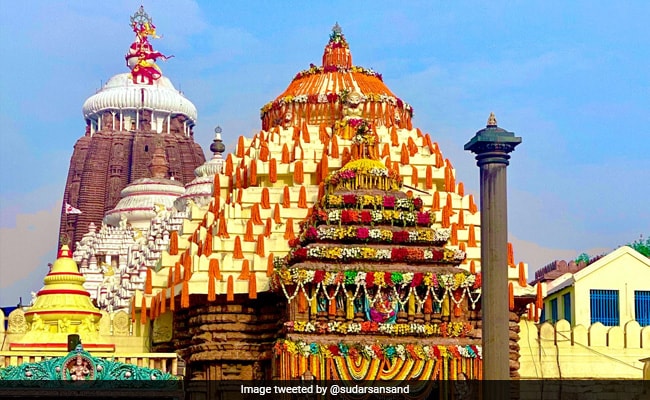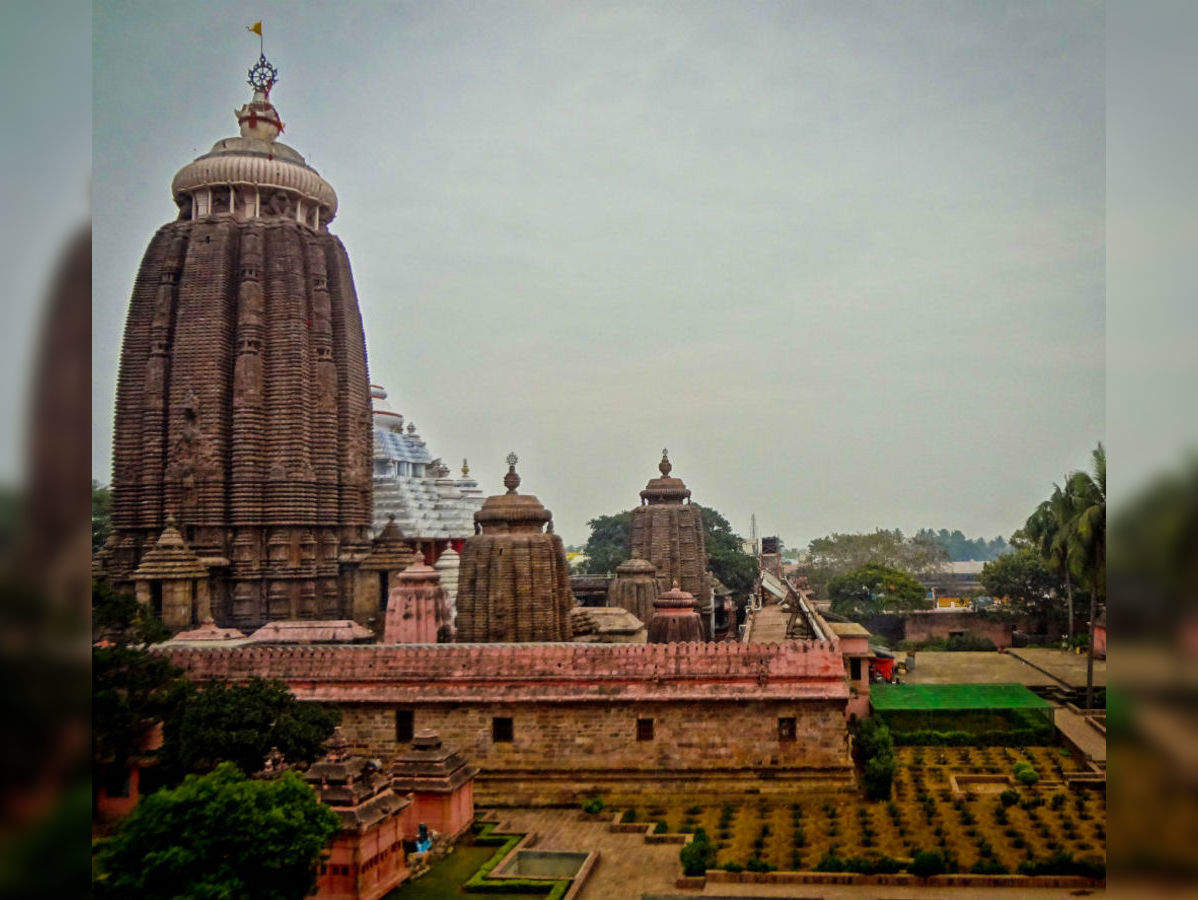ॐ श्री गुरुभ्यो नमः ॐ श्री शिवानन्दाय नमः ॐ श्री चिदानन्दाय नमःॐ श्री दुर्गायै नमः
Source of all Images in this Blog-post : Google Images : ‘Google Image Search’ will reveal the multiple sources of every single image shared here. For more details, kindly see ‘Disclaimer‘
Have complete information on Puri Jagannath Temple by visiting the Temple’s Official Website

The Jagannath Temple is an important Hindu temple dedicated to Jagannath, a form of Sri Krishna in Puri in the state of Odisha on the eastern coast of India.
The present temple was rebuilt from the 10th century onwards, on the site of an earlier temple, and begun by Anantavarman Chodaganga Deva, the first king of the Eastern Ganga dynasty.
The Puri temple is famous for its annual Ratha Yatra, or chariot festival, in which the three principal deities are pulled on huge and elaborately decorated temple cars.
Unlike the stone and metal icons found in most Hindu temples, the image of Jagannath (which gave its name to the English term ‘juggernaut‘) is made of wood and is ceremoniously replaced every twelve or 19 years by an exact replica. It is one of the four Char Dhams of India.
The temple is sacred to all Hindus, especially to those belonging to the Vaishnava traditions. Many great Vaishnava saints were closely associated with the temple. Read more about the temple on its Wikipedia Page





A Few YouTube Videos on Puri Jagannath Temple :
Daily Food Offerings :
Daily offerings are made to the Lord six times a day. These include:
- The offering to the Lord in the morning that forms his breakfast and is called Gopala Vallabha Bhoga. Breakfast consists of seven items i.e., Khua, Lahuni, Sweetened coconut grating, Coconut water, and popcorn sweetened with sugar known as Khai, Curd and Ripe bananas.
- The Sakala Dhupa forms his next offering at about 10 AM. This generally consists of 13 items including the Enduri cake & Mantha puli.
- Bada Sankhudi Bhoga forms the next repast & the offering consists of Pakhala with curd and Kanji payas. The offerings are made in the Bhog Mandapa, about 200 feet from the Ratnabedi. This is called Chatra Bhog and was introduced by Adi Shankaracharya in the eighth century to help pilgrims share the temple food.
- The Madhyanha dhupa forms the next offering at the noon.
- The next offering to the Lord is made in the evening at around 8 PM it is Sandhya Dhupa.
- The last offering to the Lord is called the Bada Simhara Bhoga.
The Mahaprasad of Lord Jagannath are distributed amongst the devotees near the Ratnavedi inside the frame of Phokaria, which is being drawn by the Puja pandas using Muruj, except for the Gopal Ballav Bhog and Bhog Mandap Bhoga which are distributed in the Anabsar Pindi & Bhoga Mandap respectively.
Rosaghara
The temple’s kitchen is the largest in the world. Tradition holds that all Mahaprasad cooking in the temple kitchens is supervised by the Goddess Mahalakshmi, the empress of Srimandir herself, and that if the food prepared has any fault in it, a shadow dog appears near the temple kitchen, a sign of her displeasure.
If the shadow dog is seen, the food is promptly buried, and a new batch cooked.
All 56 varieties of food produced are vegetarian and prepared without onions, garlic, as prescribed by Hindu religious texts.
Cooking is done only in earthen pots using water drawn from two special wells near the kitchen called Ganga and Yamuna.
The most awaited offering is Kotho Bhoga or Abadha, offered after midday. After being offered to Jagannath and the other deities, the food is sold at Ananda Bajara, an open food market inside the temple.
Festivals :
There are elaborate daily worship services. There are many festivals each year attended by millions of people. The most important festival is the Rath Yatra or the Chariot festival in June.
This spectacular festival includes a procession of three huge chariots bearing the deities of Jagannath, Balabhadra and Subhadra through the Bada Danda meaning the Grand Avenue of Puri until their final destination the Gundicha Temple.
Early European observers told tales of devotees being crushed under the wheels of these chariots, whether by accident or even as a form of meritorious suicide akin to suttee.
These reports gave rise to the loan word juggernaut suggesting something immense and unstoppable.
Many festivals like Dol Yatra in spring and Jhulan Yatra in monsoon are celebrated by temple every year. Pavitrotsava and Damanaka utsava are celebrated as per panchanga or panjika.
There are special ceremonies in the month of Kartika and Pausha.
The annual shodasha dinatmaka or 16-day puja beginning 8 days prior to Mahalaya of Ashwin month for Goddess Vimala and ending on Vijayadashami, is of great importance, in which both the utsava murty of lord Madanmohan and Vimala take part. Read more on the Temple’s Wikipedia Page
